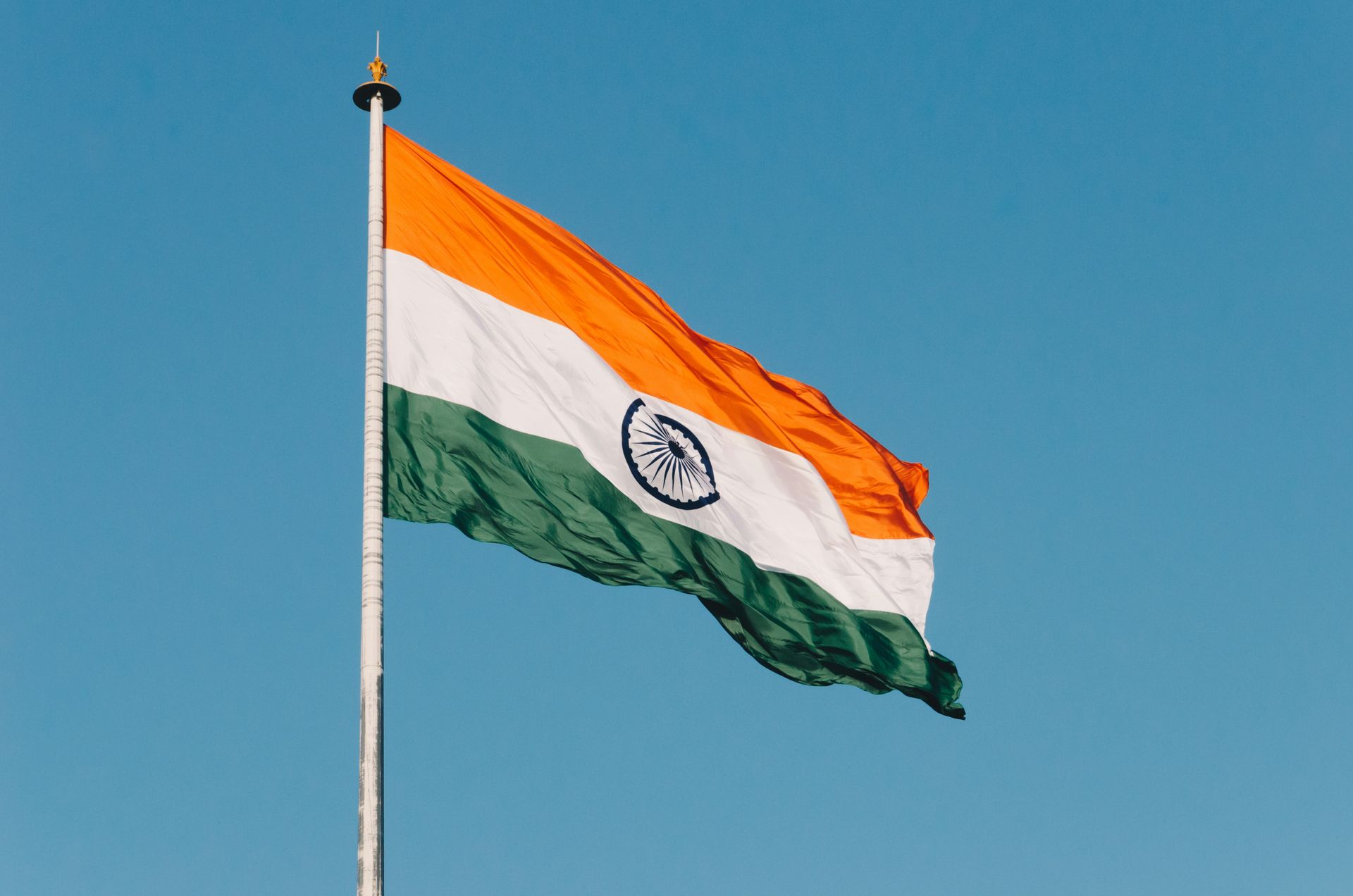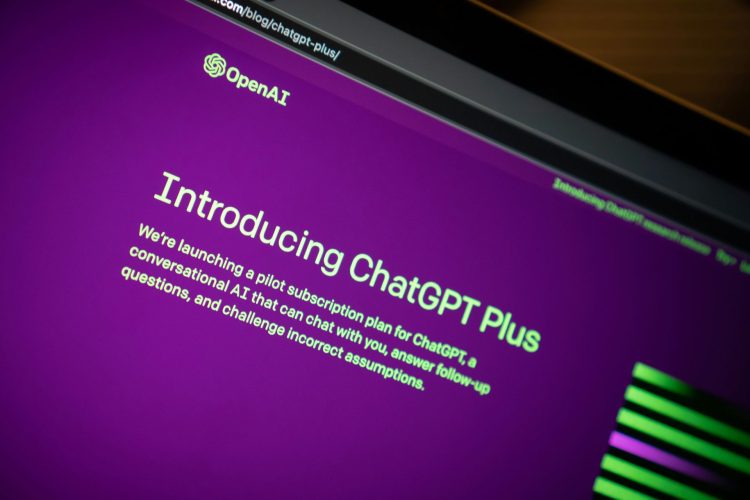ChatGPT is now part of our lives. But how much and who uses ChatGPT in the world? ChatGPT was presented to us on November 30, 2022, and continues to develop rapidly.
While the initial excitement has waned, the global appetite for AI-powered chat remains strong. But which countries are responsible for adopting this technology? The answers reveal some surprising insights.

Which countries is ChatGPT mostly used?
We can say that the answer to this question lies in the software sector. And when we think of software, India comes to mind. That country is at the top of our list.
| Rank | Country | % of Surveyed Who Use ChatGPT |
|---|---|---|
| 1 | 🇮🇳 India | 45% |
| 2 | 🇲🇦 Morocco | 38% |
| 3 | 🇦🇪 UAE | 34% |
| 4 | 🇦🇷 Argentina | 32% |
| 5 | 🇧🇷 Brazil | 32% |
| 6 | 🇮🇩 Indonesia | 32% |
| 7 | 🇿🇦 South Africa | 31% |
| 8 | 🇵🇭 Philippines | 28% |
| 9 | 🇸🇪 Sweden | 27% |
| 10 | 🇰🇷 South Korea | 26% |
It is then used to create, summarize, and produce rather than to chat. I mean, these things used to be done with some tools. But it has become easier for humanity to say what we want as if we were having a conversation with the other person. When there is a mistake somewhere, to say, “Look, this is wrong here, fix it. This is what is called convenience.
India leads the pack in ChatGPT conversations
According to the Boston Consulting Group’s CCI Global Consumer Sentiment Survey 2023, India tops the chart with a staggering 45% of respondents using ChatGPT. This is likely linked to India’s booming IT sector, where AI tools like ChatGPT are increasingly integrated into daily workflows. The vast number of tech professionals in India may use ChatGPT for tasks such as coding assistance, automating repetitive tasks, and even drafting emails.
Following closely behind, Morocco and the UAE have embraced ChatGPT as well. In Morocco, with 38% of respondents using the tool, ChatGPT might be assisting in education, providing language learning support, and helping with research projects. With 34% usage, the UAE could be leveraging ChatGPT in various industries such as finance and customer service, where efficient communication and quick responses are crucial.

Interestingly, the data suggests a trend: younger countries by median age tend to have higher ChatGPT adoption rates. This could be due to a more tech-savvy population, eager to leverage AI for tasks ranging from research assistance to acting as a virtual personal assistant.
What drives AI usage in these countries?
The tool is used for specific, practical purposes in countries like India and the Philippines, where ChatGPT usage is very high. Whether it’s helping with research or serving as a personal assistant, ChatGPT fulfills important roles in these regions. On the other hand, in the US and Germany, where only 23% and 18% of respondents use ChatGPT, the tool is often used for casual exploration rather than functional purposes.
This distinction points to a broader trend: In regions where ChatGPT is seen as more than a novelty, it helps users meet unmet needs, such as setting financial goals or finding personalized recommendations.
Global perspectives on AI: Excitement, concern, and everything in between
Overall, the global sentiment towards AI is mixed. The survey reveals that 40% of respondents are excited about AI’s potential, while 28% feel conflicted, and 29% are concerned about its implications. These varied reactions highlight the complexity of AI adoption across different cultures and economies.
As ChatGPT continues to evolve, it will be fascinating to see how these patterns shift and what new insights emerge from different corners of the globe. For now, India remains the leader in this global conversation, showing how AI can become a powerful tool in the hands of those who embrace it fully.
Featured image credit: Jonathan Kemper / Unsplash





